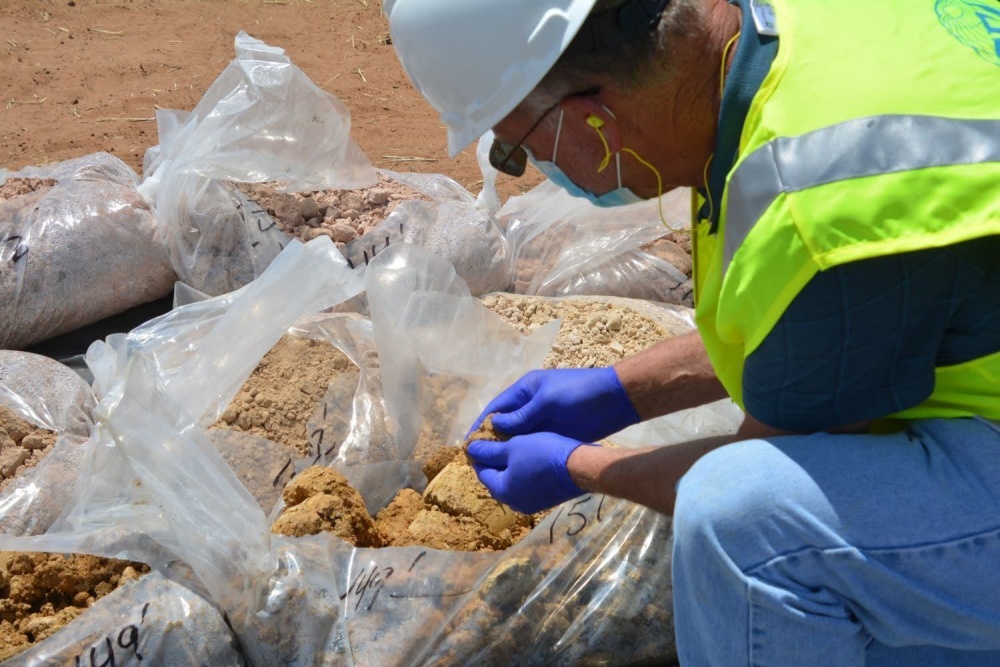Air Force Begins Field Work to Investigate PFAS at Former Reese AFB
JOINT BASE SAN ANTONIO-LACKLAND, Texas – The Air Force Civil Engineer Center began investigative field work in June, for per-and polyfluoroalkyl substances (PFAS) around the former Reese Air Force Base, near Lubbock, Texas.
“These investigations take us one step closer to fully understanding the nature and extent of contamination and helps us prepare for actions we may need to take,” said Stephen TerMaath, Chief of the Air Force’s Base Realignment and Closure Program Management Division. “This is part of our commitment to protecting human health and drinking water supplies on and around all of our bases affected by our former Air Force activities.”
From 1970 until the base closure, Reese, like other Air Force bases with flying missions, trained Air Force firefighters to extinguish aircraft fires to save lives and property using aqueous film forming foam containing PFAS. Repeated use and discharge of the foam led to the contaminants seeping into the groundwater there.
“We didn’t do this in neglect or violation of environmental laws; for a lot of years we all understood this to be a safe product and used it in accordance with the manufacturer’s instructions,” said TerMaath. “Now with the TCEQ’s issuance of Protective Concentration Levels for 16 PFAS chemicals, the Air Force is taking aggressive measures to ensure the community has safe drinking water and find long-term solutions to the contamination.”
Over the next six weeks AFCEC will install 25 monitoring wells in a 12 square mile area downgradient of the former base, which will provide a better understanding of source areas and migration patterns of PFAS contamination in groundwater. Residents in the area will likely see drilling rigs working near area roadways.
These investigations are part of the PFAS Affected Property Assessment investigation, required by the Resource Conservation and Recovery Act (RCRA) Permit and Compliance Plan issued to the Air Force by the Texas Commission on Environmental Quality.
“We have been working very hard with our regulatory agencies to identify and resolve any impacts we might have had here,” said BRAC program manager, Paul Carroll. “The installation of monitoring wells is a crucial step in the investigative process, which ensures nothing is missed and we can effectively move to the next step.”
The information gathered will help AFCEC determine data requirements for additional monitoring, which will see the installation of more wells to expand the mapping of PFAS chemicals in groundwater, as well as collection of soil, sediment and surface water samples. Then the combined data will be consolidated in an Affected Property Assessment report (APAR).
“This is the report we’ll submit to TCEQ and with further collaboration we’ll develop a solid plan to address the PFAS contamination here,” said Carroll. “We’ve been successful with previous remediation efforts at Reese, such as the cleanup of the three-mile long Trichloroethene plume completed in 2017. And we’re going to continue working hard with the community and state regulators to make sure we’re successful again.”
Throughout these investigations AFCEC will continue to ensure residents have access to safe drinking water under the EPA’s Lifetime Health Advisory and TCEQ’s Protective Concentration Levels for PFAS, Carroll added.
To date, the Air Force has sampled more than 500 drinking water wells for PFAS and installed 220 whole-house drinking water treatment systems on affected wells on and around the former base.
by Malcolm McClendon



